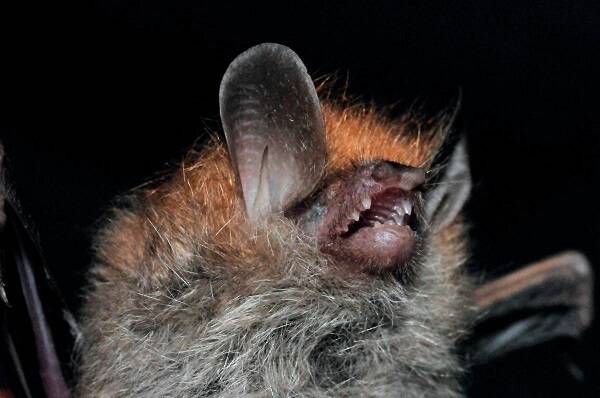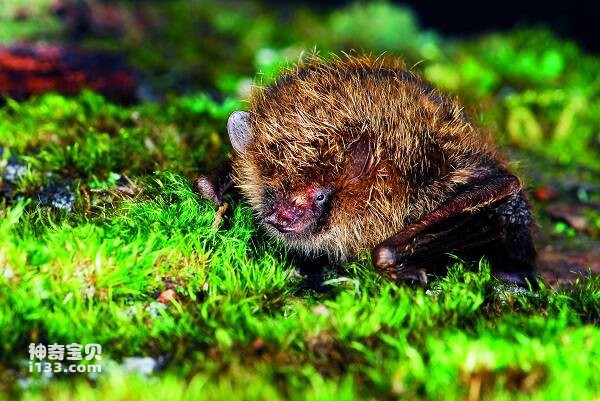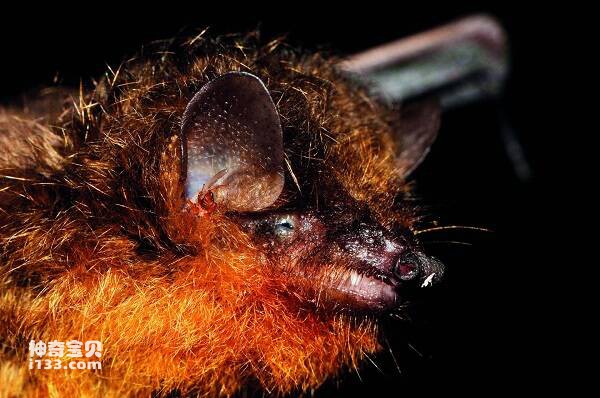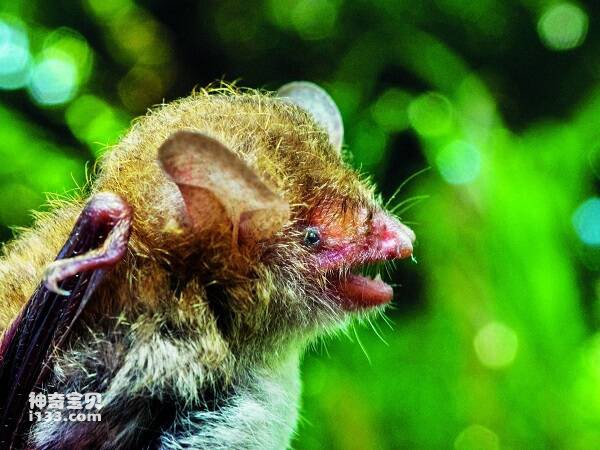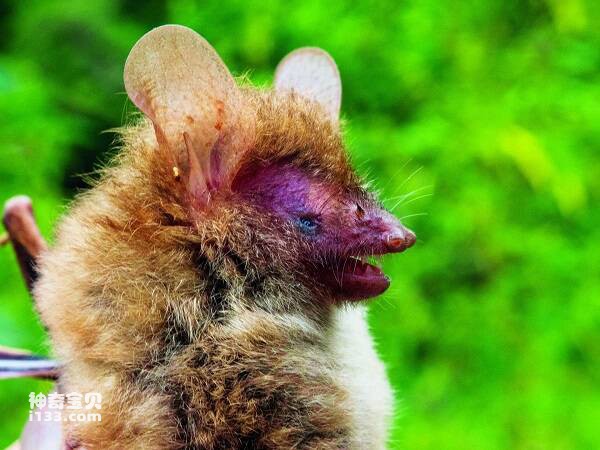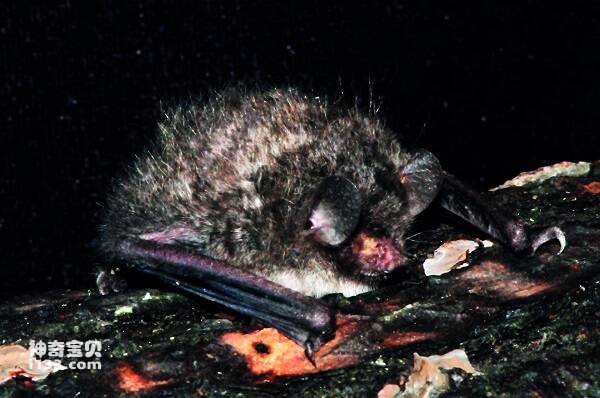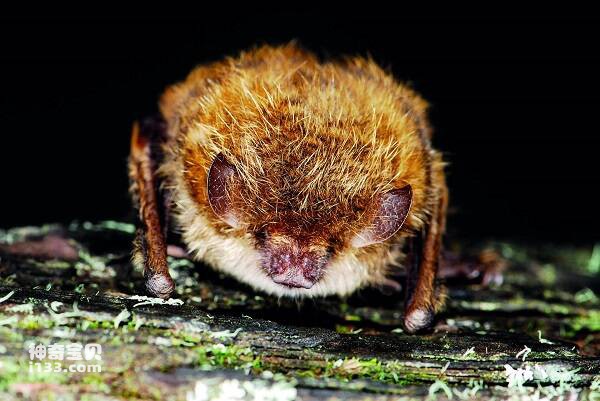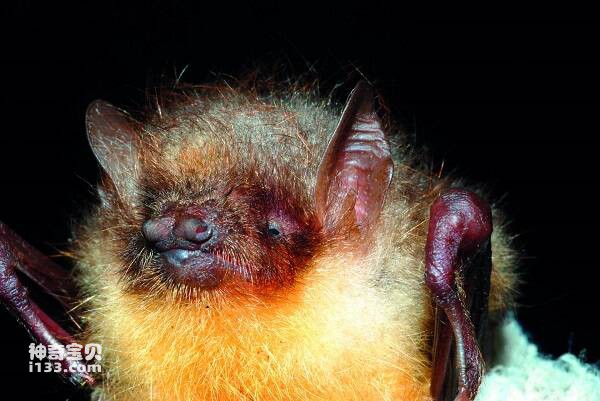Murina lorelieae
IUCN
LCBasic Information
Scientific classification
- name:Murina lorelieae
- Scientific Name:Murina lorelieae
- Outline:Chiroptera
- Family:Chiroptera Batidae Tuborhinus
Vital signs
- length:
- Weight:
- lifetime:
Feature
The nose is elongated and tubular, and the rostral end is pointed.
Distribution and Habitat
In China, it is only distributed in Guangxi (base type origin) and Yunnan. It is distributed abroad in Vietnam.
Appearance
Small tube-nosed bat. Forearm length 32.57mm (29.77-34.44mm). The nose is elongated and tubular, and the rostral end is pointed. The ear is big and round, without missing a cut. The dorsal hair is about 6-8mm reddish-brown, its hair base is black, and the middle part is light gray; The tip of the back hair near the head is red, while the tip of the back hair from the shoulder to the tail is brown; The ventral hair base is brown-black, the tip is grayish white, and there are about 6-7mm long white needle hairs between them. The dorsal side of the caudal membrane has long red hair on the side of the trunk, the tail, the edge of the foot and the wing membrane; And the edge of the caudal membrane has gray black short hair. The interfemoral membrane is connected with the first toe of the hind foot. The skull is small, without sagittal and herringbone ridges. There is a distinct groove in the middle of the snout. The cranial surface is smooth. Gear type: 2.1.2.3/3.1.2.3=34.
Details
Lorelei tube-nosed bats are small tube-nosed bats. After Eger & Lim (2011) published a new species from a specimen in Diding, Guangxi, Tu et al. (2015) captured three tube-nosed bats in Wangling Nature Reserve, Vietnam. According to their body size and mitochondrial COI gene differences, It is described as a Vietnamese subspecies (<Murina lorelieae ngoclinhensis). Li Fang et al. (2017) reported a new record of this tube-nosed bat from Yunnan Province, which should belong to a named subspecies (<M. l. lorelieae).
